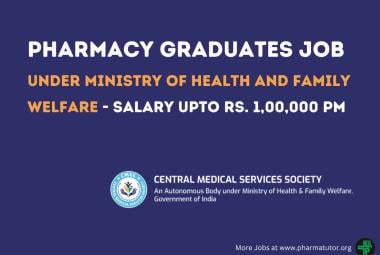In what may be a relief for more than 1 lakh thalassemia patients in India, a public-sector stem cell bank should report to King George's Medical University from here. A project of the university's transfusion medicine department, the stem cell bank will deploy stem cell therapy in patients with thalassemia and sickle cell anemia. The proposal is awaiting authorization from the State Department of Medical Education.
Research on the therapeutic use of stem cells is underway in the United States, Europe, China, Southeast Asia, in addition to India. In UP, the Sanjay Gandhi Institute of Medical Sciences (SGPGIMS) and KGMU are both exploring the potential of stem cells to treat various health problems. SGPGI has until now been limited to the use of allogenes (stem cells derived from a person's bone marrow), while KGMU has used stem cells derived from the umbilical cord.
KGMU acceded to the umbilical cord because of a highly developed department of obstetrics and gynecology. The cord is collected from the placenta in the pregnant women's uterus that nourishes and holds the baby through the umbilical cord.
Head of the transfusion medicine department at KGMU, Professor Tulika Chandra said: "Several stem cell banks in the private sector such as Life Cell and Cord Life India operate in India, but they only serve those who have dropped the baby's cord, While our bank will help everyone.”
Speaking of why children with thalassemia and sickle cell anemia were chosen, Chandra said: "World literature shows that umbilical cord stem cells can bring extraordinary results to these children. About 70-75% and a higher score can be achieved if the therapy is provided at an earlier age.”
KGMU launched a registration process for stem cell therapy in February and so far 44 families have come forward. "Many parents of thalassemia patients participate in a second or third child so that the younger can donate bone marrow for older siblings but this is not possible for many. A stem cell bank can help in such cases,” she said.











